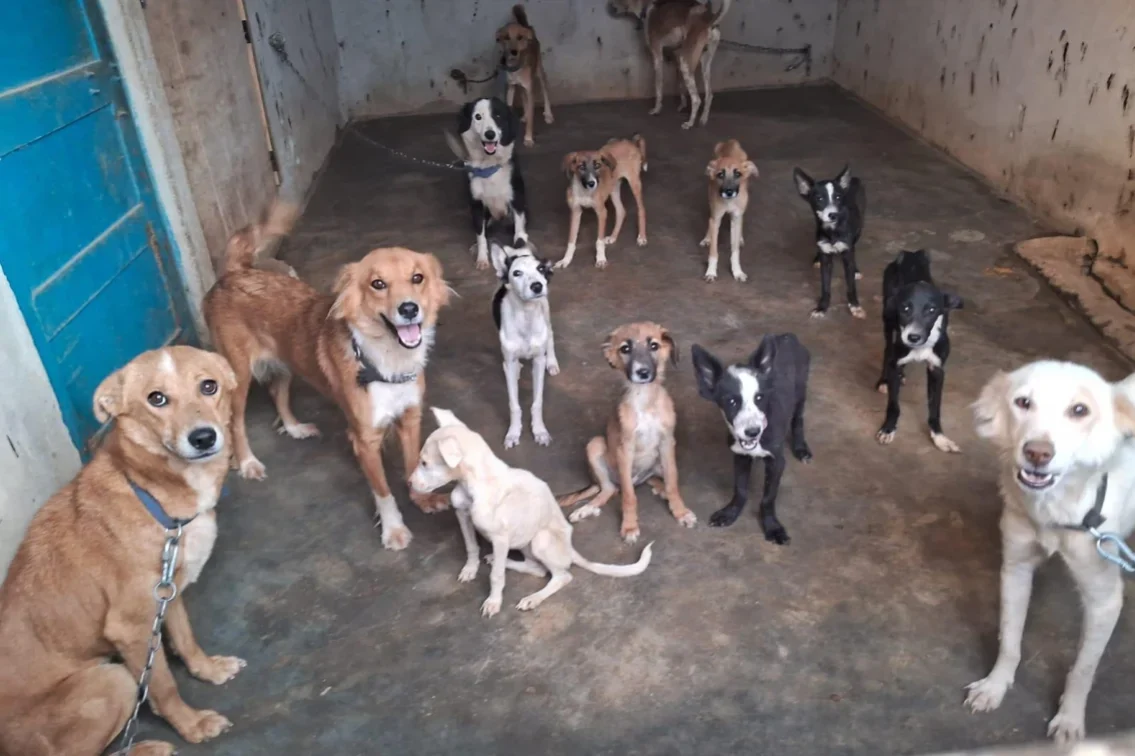Mexico is the first country in the world to receive validation for eliminating rabies as a threat to human health from the World Health Organisation (WHO).
India accounts for 20,000 human deaths due to rabies every year. Most of these deaths are completely preventable. This post will detail how India must take a leaf out of Mexico’s rabies prevention handbook, and achieve the targets outlined in ‘Zero by 30’- the global strategic plan to eliminate dog-mediated human rabies deaths by 2030.
Over the past four decades, Mexico has employed a nation-wide multi-pronged strategy to eradicate rabies; which includes free, mass vaccination drives for dogs, awareness campaigns, timely diagnosis of the disease and ensuring availability of post-exposure prophylaxis to anyone suspected of a bite.
This strategy turned out to be extremely effective as the country went from registering 60 cases in 1990, to 3 cases in 1999, to zero cases in 2006.
As per WHO guidelines, a country is deemed to be free of rabies after registering two years of zero transmission of rabies to humans. The Pan American Health Organisation formulated a process to gauge the achievement of rabies-free status by a country in 2016. Mexico was the first country to successfully fulfil all the requirements and attain this goal.
To ensure sustained elimination of rabies, WHO proposes that all prevention and monitoring actions be carried out routinely.
Role of the state
Mexican government has made use of WHO-recommended One Health approach to attain its rabies-free status by making the mass vaccination of dogs a public health responsibility. Following are the key aspects of the strategic interventions made by the Mexican government:
– The ministry ensures optimal funds are allocated for rabies elimination programs in health budgets and works closely with various stakeholders such as NGOs, state and municipal governments, and the academia.
– The health ministry of Mexico facilitates the administration of around 18 million free doses each year and covers almost 80% of the entire dog and cat population in the country. To accomplish this, the help of volunteers, health workers, government and armed forces employees is sought.
– The rabies vaccine delivery system has been designed along the lines of cold chain management processes used for human vaccination programs.
– Free pet vaccines are bought by the central government authorities and delivered to all 32 states across Mexico before the commencement of vaccination drives in the month of March. Follow-up weeks are held in September with the aim of ensuring immunization of 80% of animals.
– Mass and social media are used to promote the government-backed vaccination drives.
In conclusion, Mexico has been able to successfully eradicate rabies because of resolute government policies, strategic and sustained execution of rabies control programs, follow-up drives and decentralisation of tasks.
Indian government must also endeavour to emulate Mexico’s One Health paradigm and keep intense focus on continuous implementation of mass dog sterilization programs, awareness campaigns and surveillance efforts.
Disclaimer:
The information contained in VOSD Vet Advice™ is not intended nor implied to be a substitute for professional medical action which is provided by your vet. You assume full responsibility for how you choose to use this information. For any emergency situation related to a dog’s health, please visit the nearest veterinary clinic.





